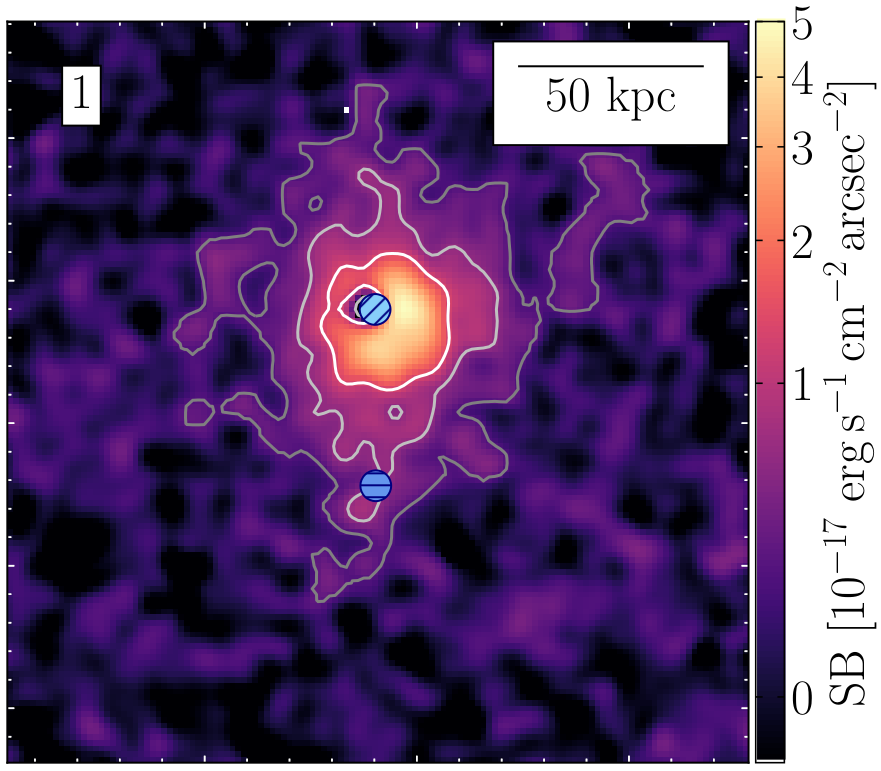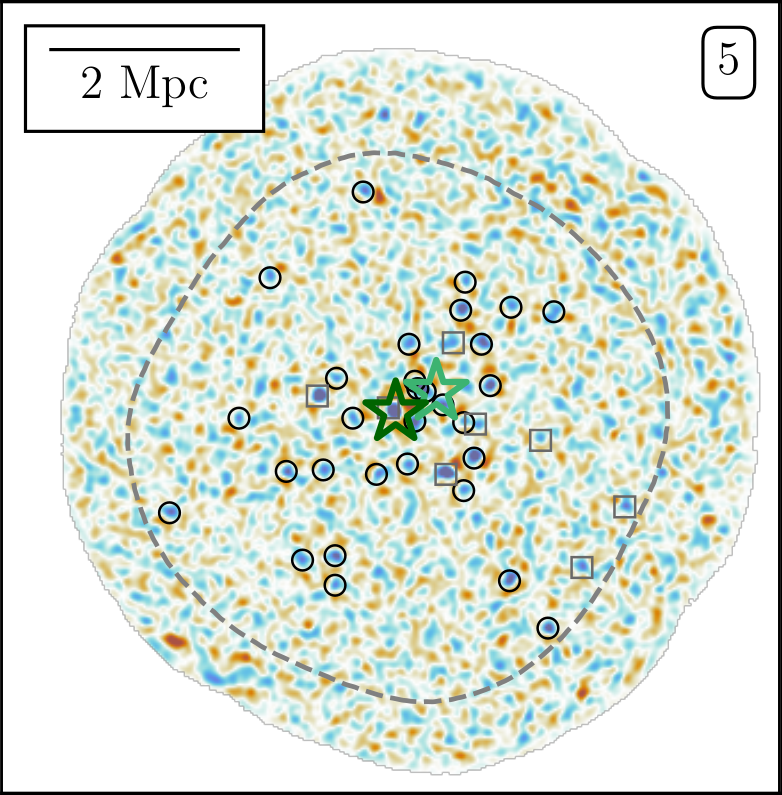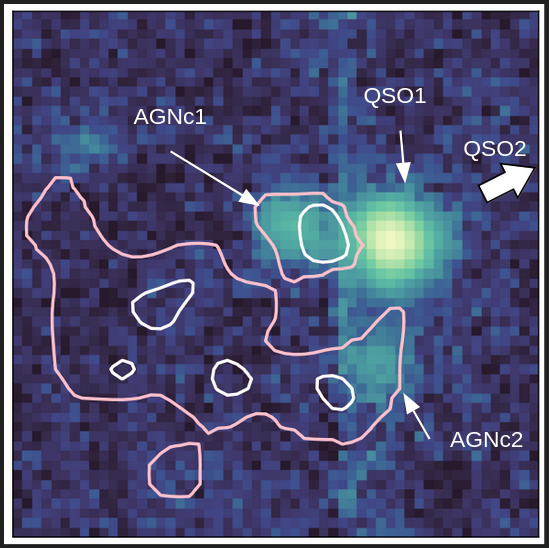My name is Eileen and I am currently a third year PhD student at the Max Planck Institute for Astrophysics (MPA) in Garching under the International Max Planck Research School on Astrophysics at the Ludwig Maximilian University Munich. I obtained my B.Sc. and M.Sc. in Physics from the Georg August University of Goettingen.
I am interested in galaxy evolution and galaxy protoclusters, and my research focuses on massive galaxies in the early universe. I utilize data from multiple different telescopes, including VLT/MUSE, JCMT/SCUBA-2 and ALMA.
In my free time, I enjoy cooking, going on walks through nature, and playing games with friends.
I am also dedicating time to outreach activities: I contributed the MPA Research Highlight in January 2025 about part of my PhD work, am a member of the MPA mentorship team, aiding undergraduate students from underrepresented groups in pursuing a career in Astrophysics, and participate in the yearly Girls' Day, a German-wide career day for high school students to get insights into jobs in science and technology.



